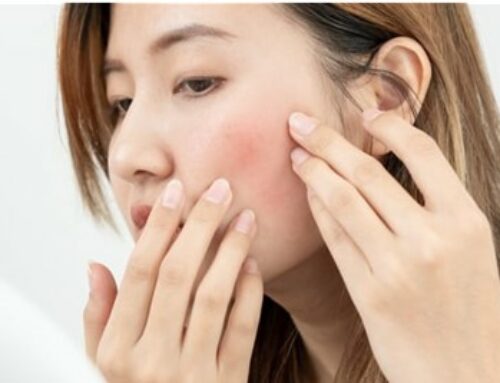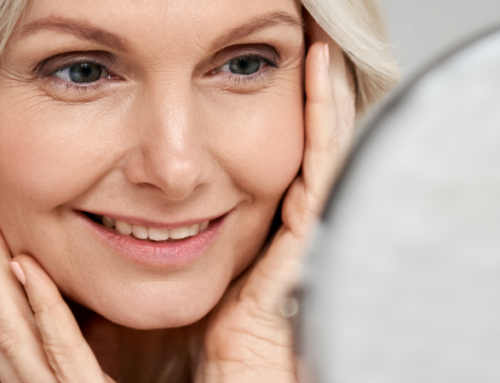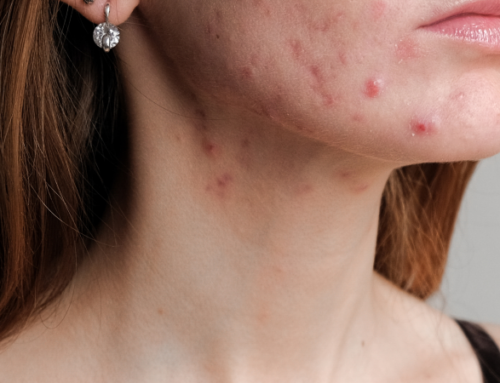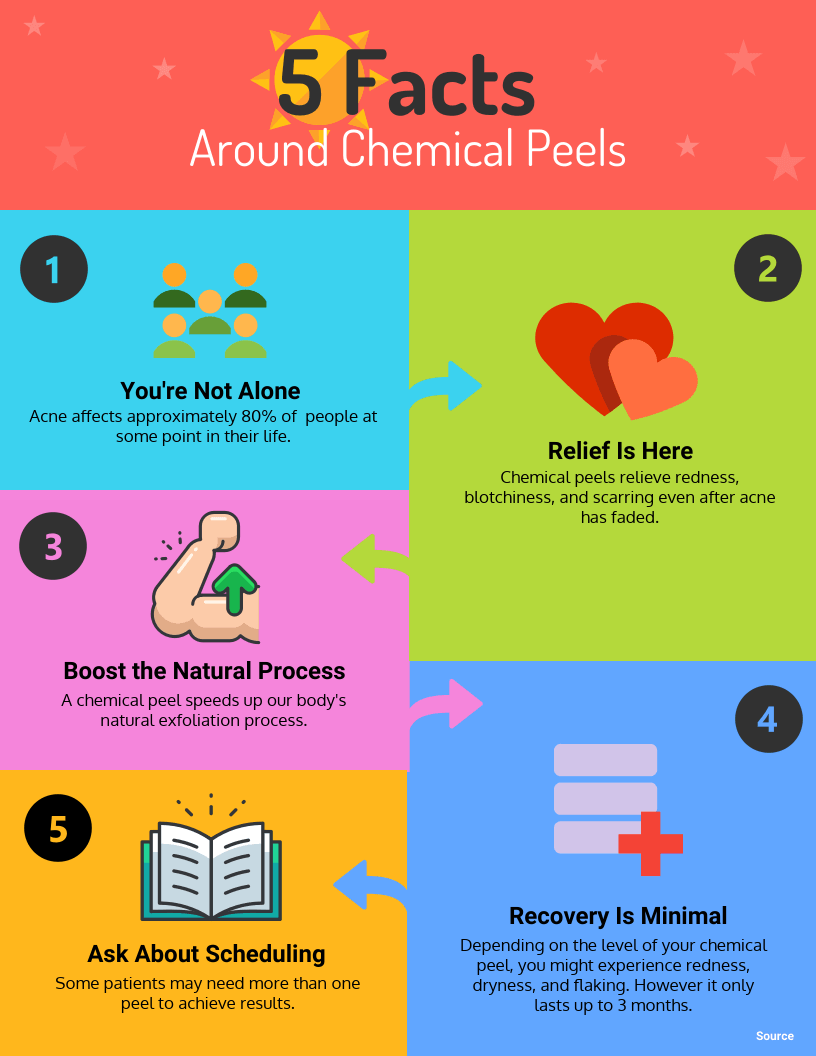
Acne affects approximately 80% of people at some point in their life – typically as a teenager and young adult. What should be a temporary inconvenience can turn into a lifetime of redness, blotchiness, and scarring, even after the acne itself has faded. When over-the-counter acne skin care products and prescription acne preparations such as Accutane® are not effective in reducing, controlling, or eliminating an individual’s acne, a chemical peel could help.
During a chemical peel, chemicals are applied to the skin to destroy the outer layers of the skin – the layers damaged by acne. A chemical peel speeds up our body’s natural exfoliation process.
Chemical peels have different strengths and depths of penetration, including deep, medium, and light. Their technical names are: alphahydroxy acid (AHA) or glycolic acid peels, trichloroacetic acid (TCA) peels, and phenol peels. AHA peels are the lightest and most gentle; TCA peels are a bit stronger; and phenol peels are the strongest.
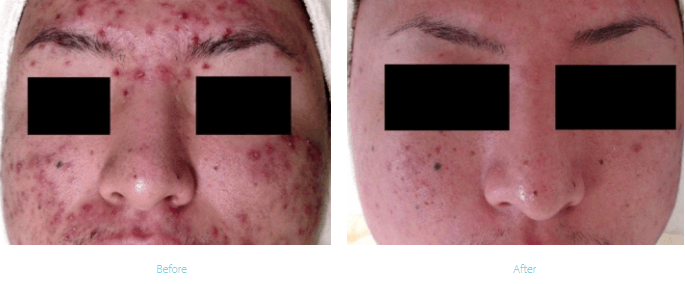
Patients may experience redness, dryness, and flaking after chemical peels. A deep chemical peel may result in extreme redness and some swelling. Patients often need longer to recover from a deep chemical peel.
Results from an acne chemical peel treatment include smoother skin with a reduction or elimination of acne scars and blemishes. However, more than one peel may be required to achieve results. The redness produced by the stronger chemical peel can sometimes last up to three months. The newly formed layers of skin must be protected with sunscreen to prevent blotchiness and hyperpigmentation.
If you’d like to learn more about our chemical peel treatments, please fill out the form on this page or call (562) 997-1144.
Learn more about our other Skin Rejuvenation procedures by clicking here.

